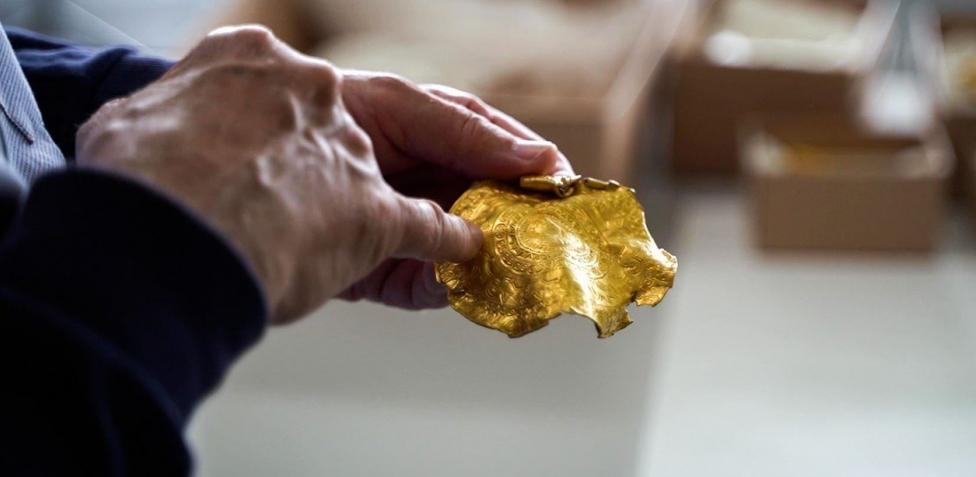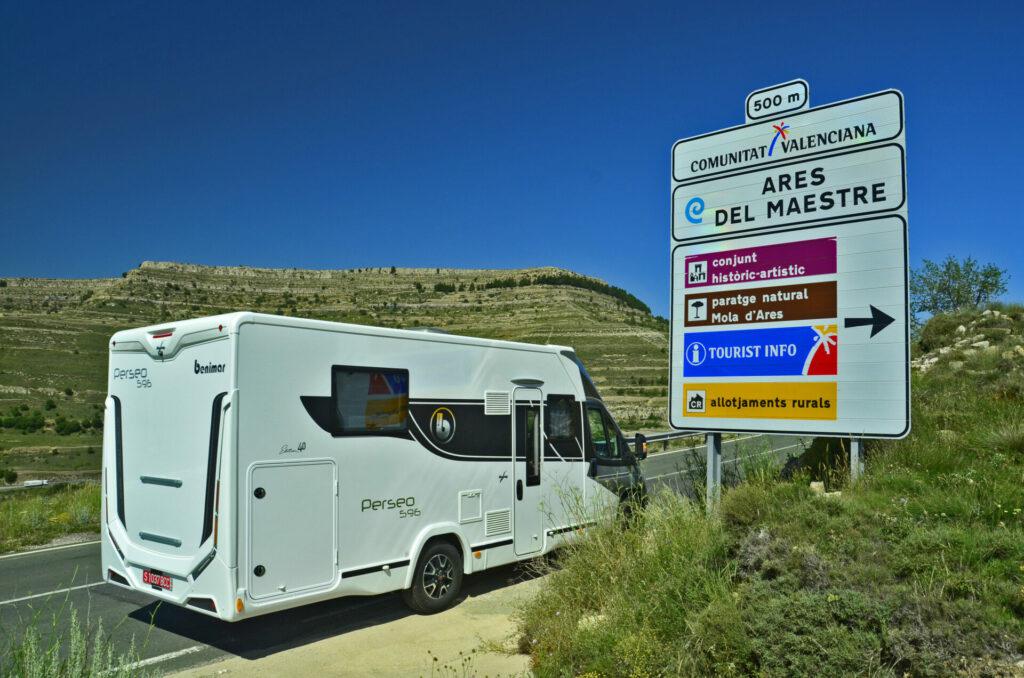A novice metal prospector finds the richest pre-Viking treasure of all time
In early 2021, Ole Ginnerup Schytz bought a metal detector so he could pursue one of his favorite hobbies: putting his hobby of archeology into practice. A friend gave him permission to "play" for a while in a field on his property. A few hours later, he returned with news that was confirmed days later: he found one of the largest gold treasures in Denmark's pre-Viking history.
Also readBuy a building and find a treasure worth more than $100,000
EditorialThe discovery of the huge amount of gold shows that Vindelev was a center of power in the late Iron Age. "Only a member of high society society would have been able to collect a treasure like the one found here," explains Vejlemuseerne's head of research, Mads Ravn.
The Vindelev hoard consists of beautifully decorated, saucer-sized medallions, so-called 'bracteates'. There are also Roman coins that have been turned into jewelry. They occur in a combination and with techniques of which comparable examples have never been seen. Therefore, experts describe the quality of this finding as unique.
Never Seen Symbols

"It's the symbols on the items that make them unique, rather than their gold value, which is one kilogram," Ravn added.
Among the pieces, there is also one that refers to the Roman emperor Constantine, from the beginning of the 4th century. According to the first tests, the treasure could have been buried as an offering to the gods at a time of severe climatic changes, when Temperatures turned very cold after a volcanic eruption in Iceland in 536 covered the sky with clouds of ash, causing fear and famine.
"There are many symbols, some never seen before, that will allow us to broaden our knowledge of the people of this period," he noted. Raven
The hoard was found near Jelling in southwestern Denmark, which historians say became the cradle of Viking kings between the 8th and 12th centuries. It will be on display at the Vejle museum as part of the great Viking exhibition opening on February 3, 2022.
One of the finds is a bracteate that has a male head with a braid and several runes. Below the head is a horse and a bird with which the man communicates. There is a runic inscription between the horse's muzzle and forelegs, which according to preliminary interpretations reads 'houaʀ'; 'the tall'.
For researchers, the appearance of the heavy gold coin of the Roman Emperor Constantine the Great (AD 285-337) speaks volumes about a European continent that was already closely connected by the Iron Age trade and war.
Researchers believe the foundation of Viking Age society and a united Danish kingdom lies in this period.







